Choosing the best paper for sketching is essential for achieving crisp lines, smooth shading, and optimal texture control. Whether you’re a beginner experimenting with dry media or a professional seeking high-quality sketching surfaces, the right paper can elevate your creative process. In this guide, we’ll explore the top sketching paper types, discuss their best uses, and help you find the perfect match for your artistic needs.
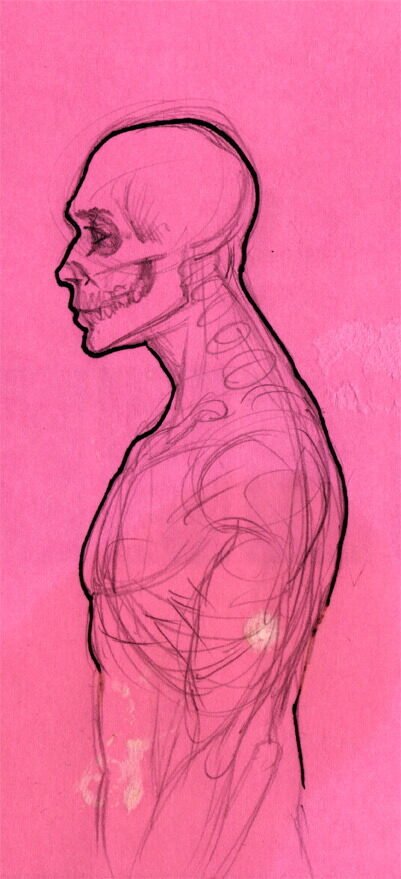
credit: GABE
Understanding Sketching Paper: What Makes a Great Surface?
Not all paper is created equal when it comes to sketching. The ideal sketching paper should provide:
- Durability – Resistant to tearing, smudging, and excessive erasure.
- Texture – Varies from smooth for fine details to rough for expressive strokes.
- Weight – Typically measured in grams per square meter (gsm), indicating thickness and strength.
- Absorbency – Determines how well the paper holds dry or wet media.
Different sketching styles require different paper characteristics, which is why understanding paper weight, texture, and material composition is crucial before choosing the right one.
Best Types of Paper for Sketching
1. Newsprint Paper – Affordable & Ideal for Practice
Sketchbooks.org | VISUAL RESEARCH HUB
Newsprint Paper Drawing Sketches
Visual research is critical for any creative endeavor. We have compiled specialized links to lead you directly to images, videos, and inspiration for "Newsprint Paper Drawing Sketches" across the web's best visual search platforms.
Newsprint is lightweight, inexpensive, and great for quick sketches. Artists often use it for warm-up exercises, gesture drawings, and preliminary compositions before refining ideas on higher-quality paper.
Pros:
- Extremely affordable
- Ideal for rapid sketching
- Works well with charcoal and graphite
Cons:
- Not archival quality—yellows over time
- Too thin for heavy erasing
- Lacks durability for refined artwork
2. Bristol Board – Smooth & Versatile for Fine Detail
Bristol board is a high-quality, thick paper with either a smooth or vellum finish, perfect for precise linework and detailed drawings. The smooth surface is excellent for pen and ink, while the vellum version provides subtle texture for dry media.
Pros:
- Highly durable and heavyweight
- Smooth option is great for ink and technical drawings
- Vellum finish offers better grip for graphite and charcoal
Cons:
- Not ideal for wet media
- Can be expensive for large projects
3. Cartridge Paper – The Standard Choice for Everyday Sketching
Cartridge paper is the go-to sketching surface for artists using pencil, charcoal, and pastel. It strikes a balance between texture and smoothness, allowing for blending and shading without excessive paper grain interference.
Pros:
- Medium texture supports multiple sketching techniques
- Sturdy enough for frequent erasing
- Available in various weights for different uses
Cons:
- Not as smooth as Bristol board for detailed pen work
- Absorbs some moisture but isn’t ideal for watercolor
4. Toned Paper – Enhancing Contrast & Depth
Toned paper, available in gray, beige, and brown, adds depth to sketches by allowing artists to incorporate highlights and shadows more effectively. It’s widely used for figure drawing and conceptual art.
Pros:
- Creates stunning contrast with light and dark tones
- Ideal for charcoal, white chalk, and pastel highlights
- Offers a unique artistic look
Cons:
- Limited in color options
- Slightly more expensive than standard sketching paper
5. Watercolor Paper – For Mixed Media & Wash Effects
While primarily used for painting, watercolor paper is excellent for sketching with wet and dry media. It’s highly absorbent, making it ideal for ink washes, brush strokes, and layering techniques.
Pros:
- Heavyweight and durable
- Handles both wet and dry media
- Provides rich textures
Cons:
- Expensive compared to standard sketching paper
- Rough texture may interfere with fine pencil lines
Choosing the Best Paper for Your Sketching Style
Different artists require different sketching surfaces:
- For beginners: Newsprint or cartridge paper works best for practice.
- For fine detail: Bristol board offers smooth precision.
- For expressive sketches: Toned paper enhances contrast.
- For wet media: Watercolor paper prevents warping.
Investing in high-quality sketching paper ensures better results, improved durability, and a smoother creative experience.
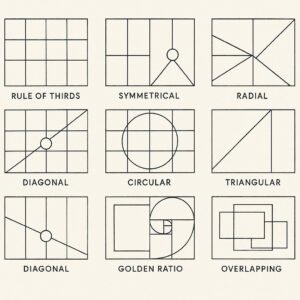
Sketchbooks.org | TRADITIONAL TECHNIQUES
Types of Composition in Art and How to Use Each One Effectively
What Is Composition in Art? Composition is the backbone of visual storytelling. Whether you're painting, drawing, photographing, or designing, understanding the types of composition in art can dramatically improve how your work communicates and resonates....
Frequently Asked Questions
What is the best paper weight for sketching?
Most sketching papers range between 100gsm to 200gsm, with heavier paper providing better durability.
Can I use printer paper for sketching?
Yes, but printer paper lacks texture and durability, making it less ideal for detailed work.
What paper is best for charcoal sketching?
Cartridge paper and toned paper work well for charcoal sketches, offering a slight grain for blending.
Is thicker paper better for sketching?
Thicker paper resists tearing and smudging, but the best weight depends on the medium used.
Does paper texture matter in sketching?
Yes—smooth paper is ideal for precision, while textured paper enhances expressive strokes.
Can sketching paper be used for painting?
Some heavyweight papers, like watercolor paper, can accommodate light washes and ink layering.
Is Bristol board better than standard sketching paper?
Bristol board is smoother, more durable, and ideal for detailed, ink-heavy sketches.
What paper is used by professional artists?
Professionals often use Bristol board, cartridge paper, or toned paper, depending on their style.
Where can I buy high-quality sketching paper?
Art supply stores, online retailers, and specialty paper shops offer premium sketching paper selections.
Why does some paper turn yellow over time?
Low-quality paper, such as newsprint, isn’t archival and deteriorates due to acidic content.
Final Thoughts
Finding the best paper for sketching depends on your style, medium, and creative goals. Whether you prefer the smooth precision of Bristol board, the textured grip of cartridge paper, or the atmospheric depth of toned sheets, selecting the right surface enhances the way your sketches develop. Investing in quality paper ensures longevity, better results, and a seamless artistic workflow—so choose wisely and let your creativity flourish!
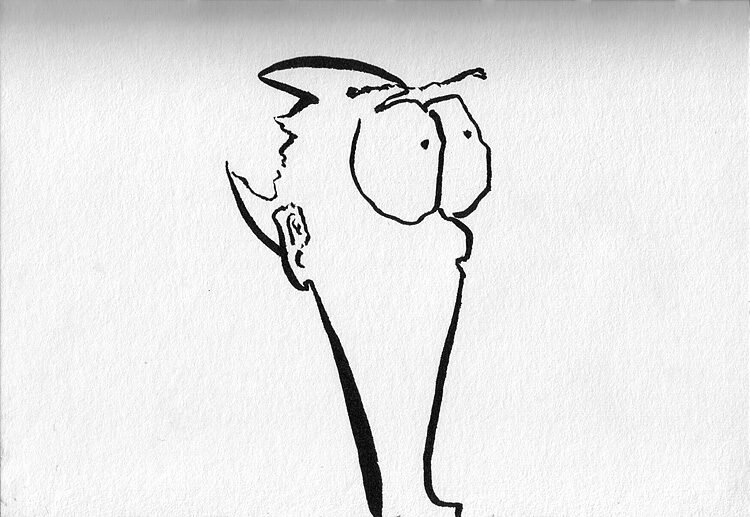
credit: JASONPOGO
Ready to Share Your Work?
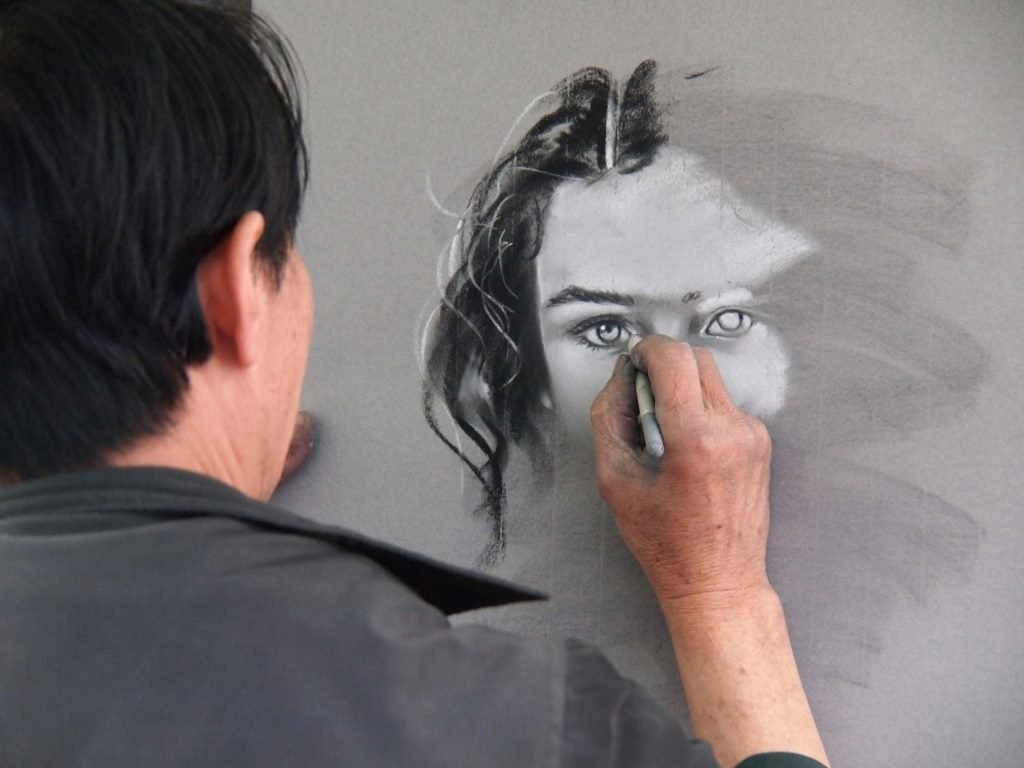

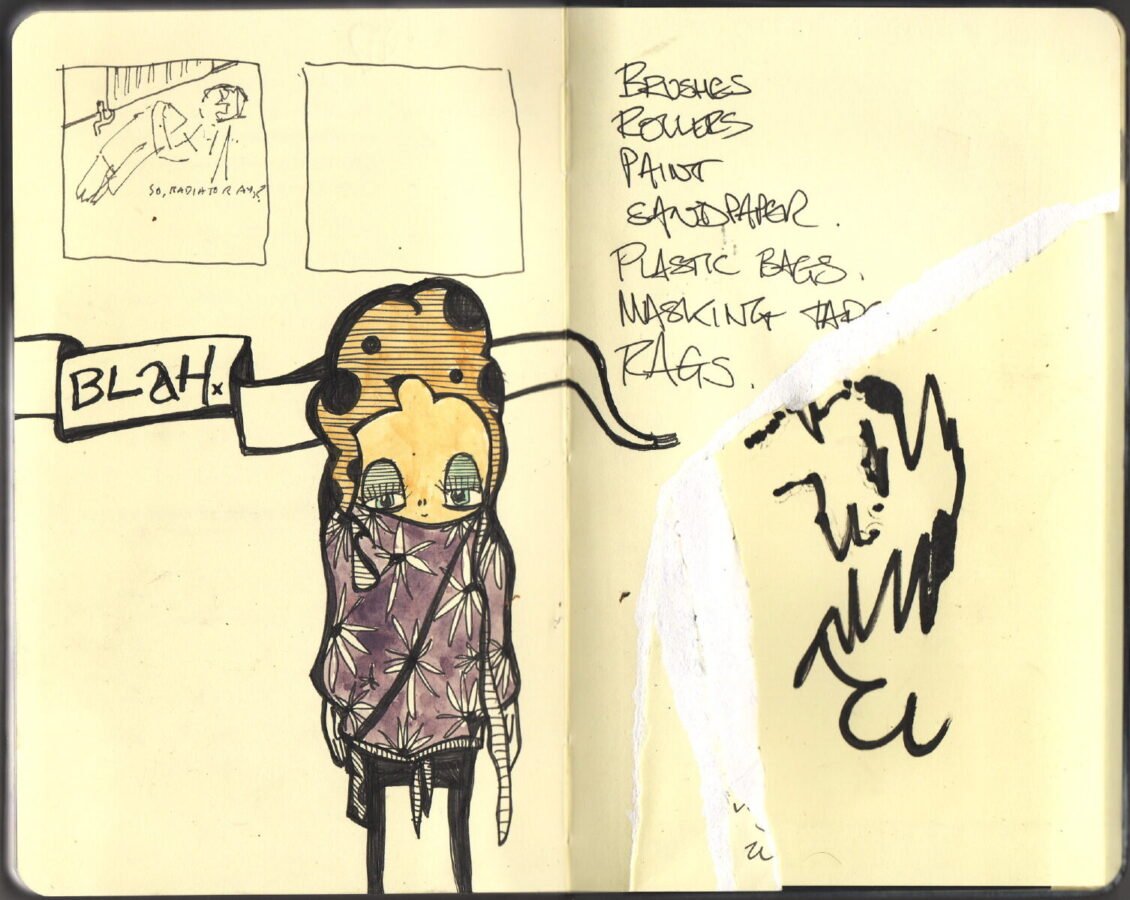
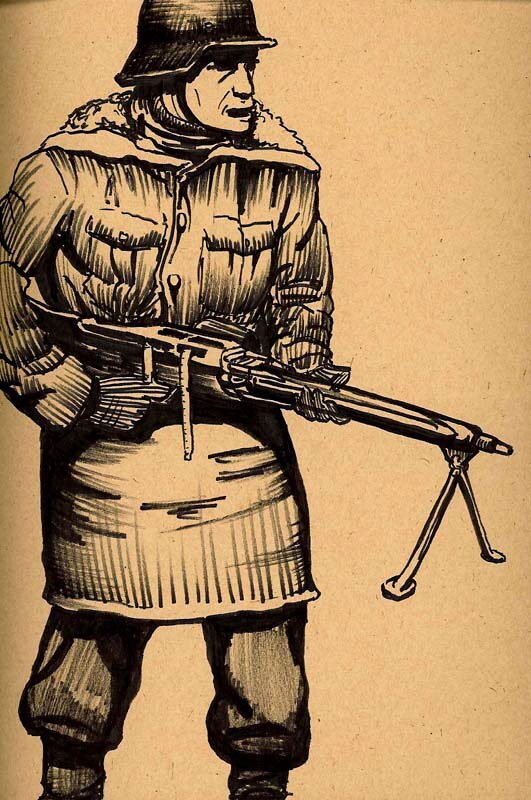
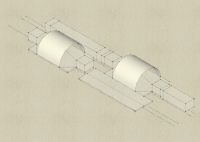
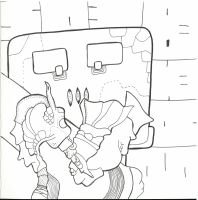
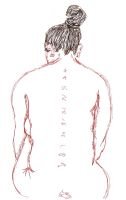
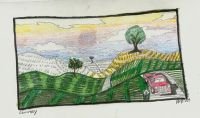
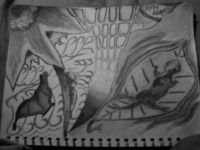
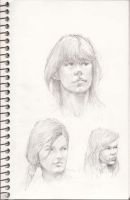


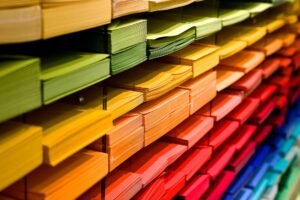
Paper actually can make me draw bad! Poor paper is like playing a toy keyboard instead of a piano. No ‘FEEL’